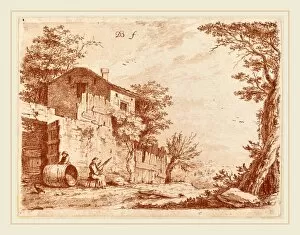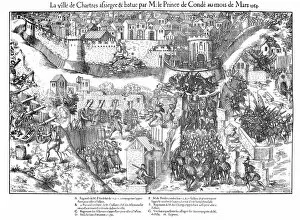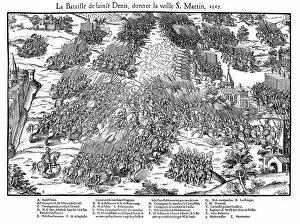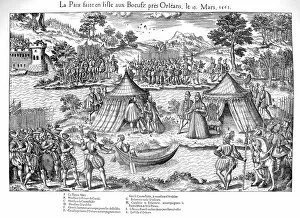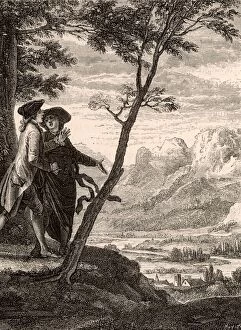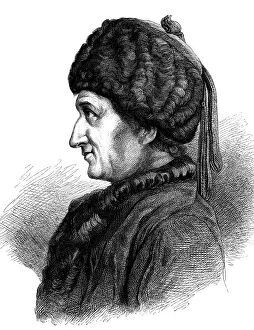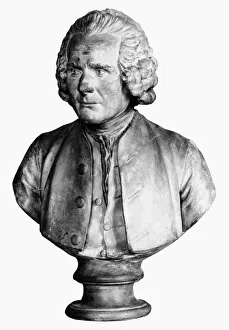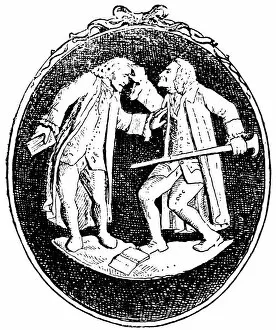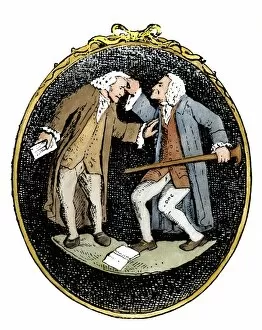Jean Jacques Collection (#4)
"Jean Jacques: A Multifaceted Name Across History and Art" From the tumultuous French Religious Wars of 1562-1598 to the artistic creations by Jean-Baptiste Greuze
For sale as Licensed Images
Choose your image, Select your licence and Download the media
"Jean Jacques: A Multifaceted Name Across History and Art" From the tumultuous French Religious Wars of 1562-1598 to the artistic creations by Jean-Baptiste Greuze, the name "Jean Jacques" has left its mark on various realms. In the Siege of Poitiers in 1569, amidst a backdrop of conflict between Catholics and Huguenots, Jean Jacques played a role that history remembers. Fast forward to ca. 1765 when Jean-Baptiste Greuze immortalized another Jean Jacques - this time it was Jean Jacques Caffieri, an artist himself. The captivating portrait reflects both the talent of Greuze and the essence of Caffieri's persona. However, not all bearers of this name were artists or warriors. Take for instance Jean Jacques, who served as a doctor before becoming chancellor at Montpelier's Faculty of Medicine in 1394. His contributions to medicine are commemorated through Leopold Massard's handcoloured lithograph based on manuscript 5070 from Bibliotheque Nationale. Moving beyond medicine and artistry, we encounter other notable individuals named Jean-Jacques such as Crenca & M. Blair whose endeavors remain shrouded in mystery but undoubtedly held significance within their respective fields. Literature enthusiasts may recognize "Jean-Jacques" from Julie or the New Heloise published around c. 1852 where an illustration brings Rousseau's characters to life with vibrant colors and intricate details. Meanwhile, Abbe Jean-Jacques Huber captured attention in publ920 thanks to La Tour's portrayal which showcased his unique personality against a backdrop that hinted at his ecclesiastical involvement. Nature lovers find themselves drawn towards Iconographie des Champignons de J. J.



